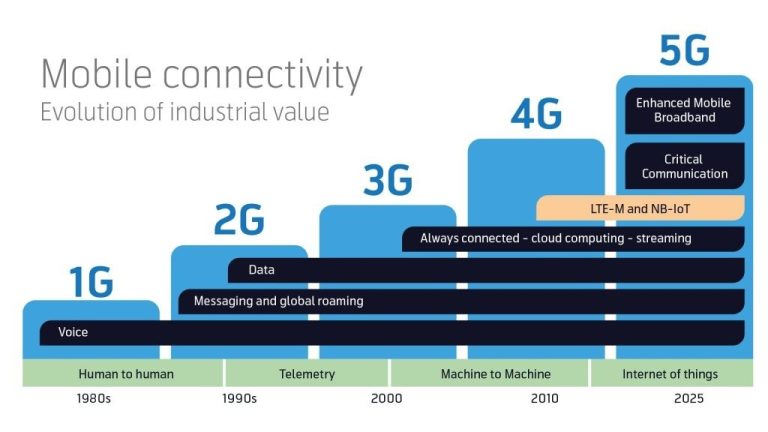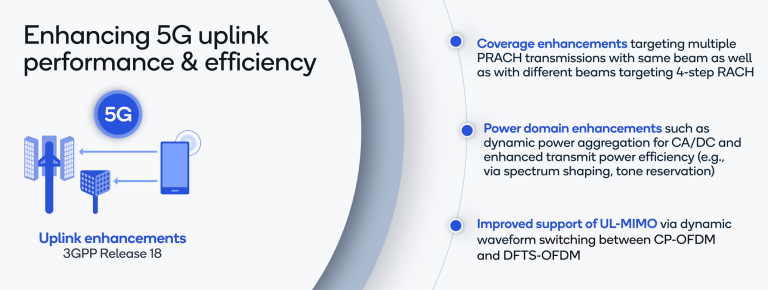How C-RAN is Revolutionizing 5G Network Design and Efficiency
telcomatraining.com – The rise of 5G has introduced transformative changes to wireless communication, bringing ultra-low latency, high-speed connectivity, and the capacity to connect millions of devices. At the core of this evolution is a cutting-edge technology known as Cloud Radio Access Network (C-RAN). By decoupling hardware from software and centralizing baseband processing, C-RAN is redefining how mobile networks are built and managed. This article explores how C-RAN is revolutionizing 5G network design and improving overall network efficiency.
What is C-RAN?
C-RAN, short for Cloud Radio Access Network or Centralized RAN, is a next-generation network architecture that centralizes the processing resources of multiple base stations into a single, cloud-based facility. In traditional RAN setups, each base station houses its own baseband unit (BBU) and remote radio head (RRH). However, in a C-RAN architecture, only the RRHs are deployed at the cell site, while BBUs are centralized in a virtualized data center.
This centralized model offers enhanced scalability, better resource management, and reduced operational costs—all essential for the deployment of 5G networks.
Key Benefits of C-RAN in 5G
1. Enhanced Network Efficiency
C-RAN enables dynamic allocation of baseband resources across multiple cell sites. This means processing power can be shifted in real-time based on network demand, leading to higher efficiency and reduced energy consumption. The centralized processing also simplifies network upgrades and maintenance.
2. Reduced Latency
Latency is critical in 5G applications such as autonomous driving, augmented reality, and remote surgery. C-RAN’s architecture allows for faster communication between components, minimizing delays. By placing BBUs closer to the edge or in cloud environments with ultra-fast connectivity, C-RAN helps achieve the low-latency requirements of 5G.
3. Cost Savings
By consolidating BBUs, operators reduce the amount of hardware needed, lowering both capital expenditures (CapEx) and operational expenditures (OpEx). Additionally, centralized management simplifies network operations and reduces the need for on-site maintenance.
4. Improved Spectrum Utilization
C-RAN supports coordinated multi-point transmission (CoMP), where multiple RRHs collaborate to serve a single user. This coordination enhances signal quality and improves spectral efficiency, which is crucial for delivering high-speed data in dense urban environments.
C-RAN and Network Virtualization
One of the key enablers of C-RAN is Network Function Virtualization (NFV). Through NFV, network functions that once ran on dedicated hardware now run as software on general-purpose servers. This allows telecom operators to deploy services faster and scale them based on demand.
Furthermore, with the integration of Software-Defined Networking (SDN), C-RAN becomes more agile and programmable. Network traffic can be dynamically routed based on current needs, enhancing performance and reliability.
Challenges in C-RAN Deployment
Despite its advantages, C-RAN does come with challenges. High-bandwidth and low-latency fronthaul connections are required between RRHs and centralized BBUs. This often necessitates the deployment of fiber optic infrastructure, which can be costly and time-consuming, especially in rural or underserved areas.
Another concern is data security and privacy, as centralizing sensitive network functions in cloud environments increases the potential attack surface.
The Future of C-RAN in 5G and Beyond
As 5G networks continue to roll out globally, the adoption of C-RAN is expected to grow rapidly. Innovations like Open RAN and Edge Computing are already building upon C-RAN principles to create even more flexible and distributed network architectures.
In the future, C-RAN will likely play a key role in enabling 6G networks, supporting advanced technologies like AI-driven automation, massive IoT, and immersive digital experiences.
Conclusion
C-RAN is a game-changer in 5G network design, offering a more efficient, scalable, and cost-effective way to manage mobile infrastructure. By centralizing processing, enhancing spectrum use, and supporting network virtualization, C-RAN paves the way for a smarter and more agile telecommunications future. As technology continues to evolve, embracing C-RAN will be crucial for operators aiming to stay competitive in the next generation of wireless communication.







